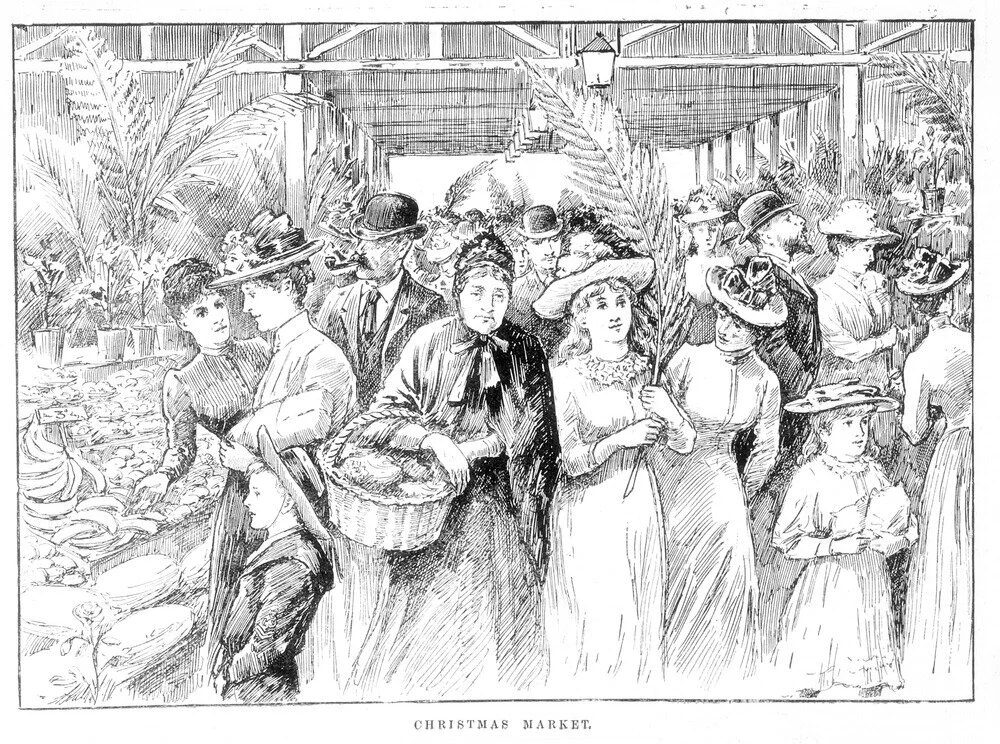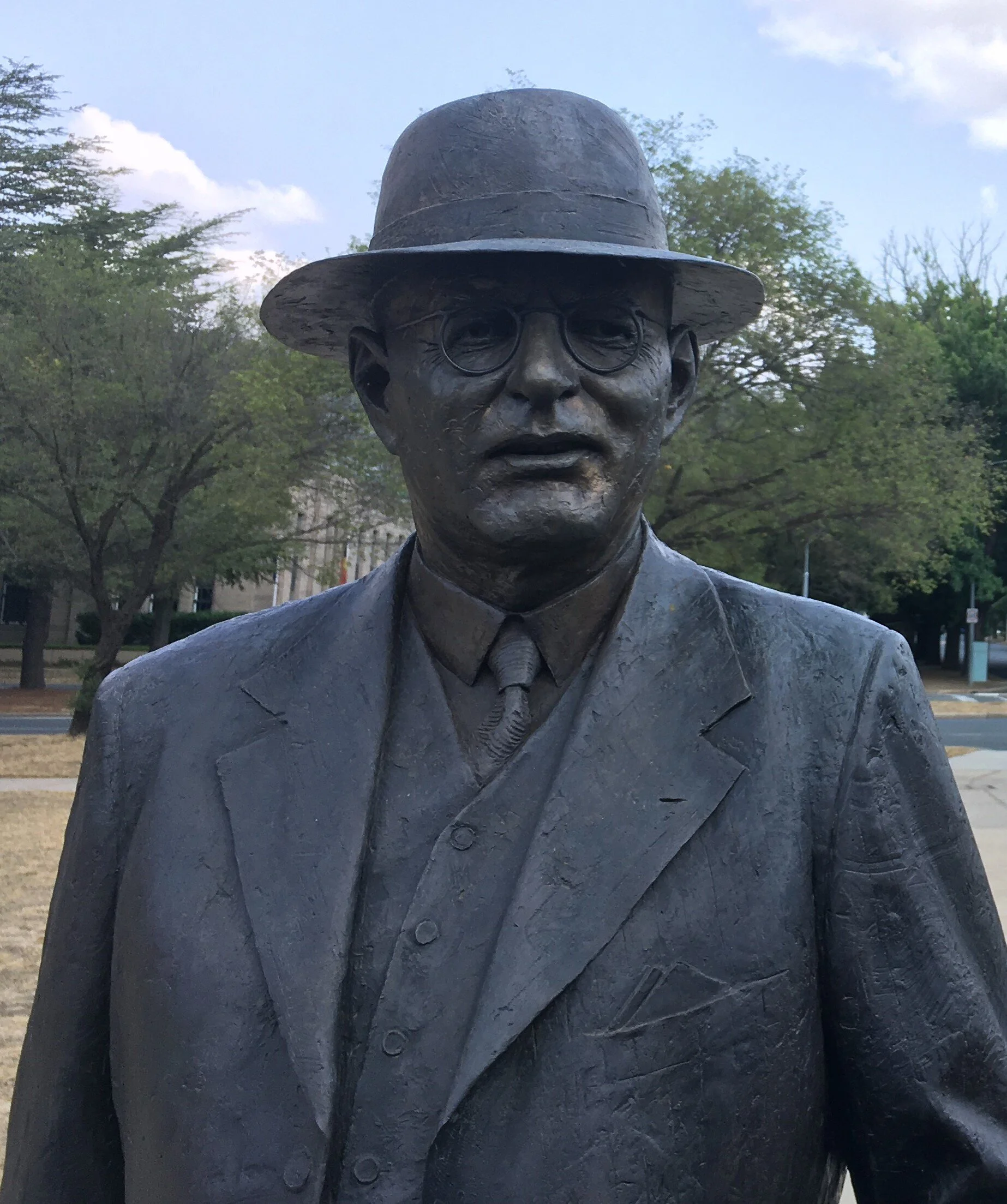The start of Canberra 100 — Canberra’s history in 100 objects
What is Canberra 100?
In 2020 Capital history here is going to be exploring Canberra’s history by identifying objects that can connect us with Canberra’s past. The aim is to tell the story of Canberra by examining 100 objects that have shaped the city. The Canberra Red brick is the first object to be considered.
The Canberra Red, the brick that built the City
The Canberra Red is the sturdy red brick which built the city of Canberra. It is a popularly known object from Canberra’s past. Historically minded Canberrans seek out the bricks for garden paths and other landscaping projects because of the brick’s historical connection with the early development of the city. People can have a piece of Canberra history in their garden without too much effort or expense. I was very happy to acquire my own example (shown in the photograph above) from the Green Shed in Mitchell.
The start of Canberra
Australia’s federation in 1901 provided for the building of a new city to house the new national parliament. After much consideration and debate by the infant parliament and nation the future site of the national capital Canberra was mapped by Charles Scrivener in 1909. Two ceremonies in 1913 formally marked the commencement of the city. On 20 February King O'Malley the politician responsible for the planning of the new national capital, drove a first survey peg into Capital Hill to mark a proposed commencement column (that was never completed) and on 12 March the city was officially named Canberra by Lady Denman the wife of the then Governor-General.
The Yarralumla Brickworks
Transforming the rural Limestone Plain into Canberra required the making of bricks and lots of them. The Yarralumla Brickworks, also known as the Old Canberra Brickworks, was the first industrial manufacturing facility within the ACT. Canberra Reds were produced from the Brickworks from 1913 until 1976.
Redevelopment of the Yarralumla Brickworks
Since the Yarralumla Brickworks closed there have been several unsuccessful attempts to redevelop the site in line with its important heritage status. Last year (2019) Canberra developer Doma won a tender to restore and redevelop the precinct. You can read about the project here.
The ups and downs of Canberra’s development
The Yarralumla Brickworks production of Canberra Reds can help us understand the ups and downs of Canberra’s development. At the start of the 1920’s the millions of unused bricks piled up at the Brickworks were taken as a dismal sign that the ambitions for the national capital may not be realised. However by 15 March 1927 the Daily Telegraph was reporting significant building activity and consequently unusual demand for bricks with (Old) Parliament house using 4 million bricks, Hotel Kurrajong 544,000 bricks, Hotel Acton 733,000 bricks and Secretariat (East Block and West Block) 813,000 bricks.
High demand for Canberra Reds was again reported in April 1939 in the Canberra Times. This time the driver was housing for Canberra’s early suburbs. Turner was about to be developed and housing built for the new suburbs of North Ainslie and Griffith. Despite this construction, though, demand for housing remained strong. Waiting lists held by the Department of the Interior had ‘close on 300 people clamouring for cottages.’
Post-World War Two housing shortage
Canberra was particularly challenged by the post-World War Two housing shortage in Australia and this remained the case for years. At this time thousands of public servants moved to the city to support a maturing and expanding National government. Construction of housing, however, was hampered by lack of labour, construction materials and high costs inflated by Canberra’s distance from suppliers. As Nicholas Brown puts it.
Several million bricks might have been stockpiled at Yarralumla when the city entered its first phase of concerted building in the 1920’s but there were few to be had in 1950. Attempts to meet such short-falls, including continued experimentation with prefabricated housing, only contributed to a pervading sense of the provisional if not second-rate in the city.
Canberra Red’s iconic status, why?
Perhaps it was at this time the Canberra Red’s iconic status was made. Memories of the struggle to be adequately housed in a new city were not easily forgotten. They became the stories given to later generations. And in part of that story Canberra Reds came to symbolise the relief of gaining a sturdy brick house after a long wait. Or perhaps a simpler reason is that residents who live in a city planned and built from scratch will always have a fine appreciation for the bricks that built it.
Let me know what you think of Canberra 100? Comments can be provided to mail@capitalhistoryhere.com.
And please share. Let’s get the past and present talking.
References
Books
Brown, Nicholas. 2014, A history of Canberra / Nicholas Brown Cambridge University Press Port Melbourne, VIC.
On-line
Newspapers
1927 'Brickworks', The Daily Telegraph (Sydney, NSW : 1883 - 1930), 15 March, p. 15. , viewed 07 Jan 2020, http://nla.gov.au/nla.news-article245888347
1939 'CANBERRA', The Canberra Times (ACT : 1926 - 1995), 4 April, p. 2. , viewed 07 Jan 2020, http://nla.gov.au/nla.news-article2492262
Websites and other online sources
ACT Heritage Library, Yarralumla Brickworks, https://www.library.act.gov.au/find/history/frequentlyaskedquestions/Place_Stories/brickworks, accessed 6 January 2020.
Terry G. Birtles, 'Scrivener, Charles Robert (1855–1923)', Australian Dictionary of Biography, National Centre of Biography, Australian National University, http://adb.anu.edu.au/biography/scrivener-charles-robert-8374/text14697, published first in hardcopy 1988, accessed online 6 January 2020.
Arthur Hoyle, 'O'Malley, King (1858–1953)', Australian Dictionary of Biography, National Centre of Biography, Australian National University, http://adb.anu.edu.au/biography/omalley-king-7907/text13753, published first in hardcopy 1988, accessed online 7 January 2020.





